In just over a five-kilometre stretch, mostly following Jan Smuts Avenue from the suburbs to the city, you'll find six stops that tell the fascinating story of who we are as human beings, from our deepest origins to our most destructive impulses, our darkest inclinations and fears, and our most hopeful and beautiful creations.
The history of museums is fanciful, fraught, and fascinating. From Greek muses to cabinets of curiosity (or wonder rooms, from the German ‘wunderkammer’), these spaces were equal parts insightful and absurd. Museums took shape to honour the patron deities of the arts in the case of ‘mouseion’ in Greece or, elsewhere, to flex one’s wealth and status with treasures questionably acquired from far-flung corners of the globe.
Between the Renaissance period and the 18th century, private collections became more widely shown, and an educational aspect took on greater significance. Today we typically think of museums as public institutions for preserving human memory, culture, and creativity.
Because of their more fraught, not fanciful, history, museums have increasingly come under critique. In response, we’ve seen the repatriation of stolen artefacts, labels like “primitive art” being rethought, and a more nuanced, informed approach to contextualising objects and artworks brought from afar. And so museums continue on their winding course, adjusting to the needs of the present, while shining a light on the past.
"Museums are the anchors of society. They tell our stories and capture our histories, but they are also living testimonies to contemporary ideas that shape society." – JCAF executive director Clive Kellner
While the country's oldest museum is the Iziko South African Museum, founded in Cape Town in 1825, Joburg has its share of excellent institutions that trace our human origins through to present-day concerns around humanity and the natural world. Sobering, at times, but these spaces are not without hope – they offer invaluable insights for the path ahead. We can think of museums as mirrors or, as Joburg Contemporary Art Foundation (JCAF) stakes its claim, the "museum as a thinking protocol".
In light of this, we've plotted six must-see stops along Joburg's own "Museum Mile" that can be navigated in a variety of ways. Begin with the ancient history of southern Africa at Origins Centre, visit Roger Ballen's darkly carnivalesque Inside Out Centre for the Arts, and finish your tour at Constitution Hill, reflecting on the nation's complex past while looking optimistically ahead. For a different endpoint, JCAF's annual research-based exhibitions are consistently excellent and thought-provoking.
Origins Centre
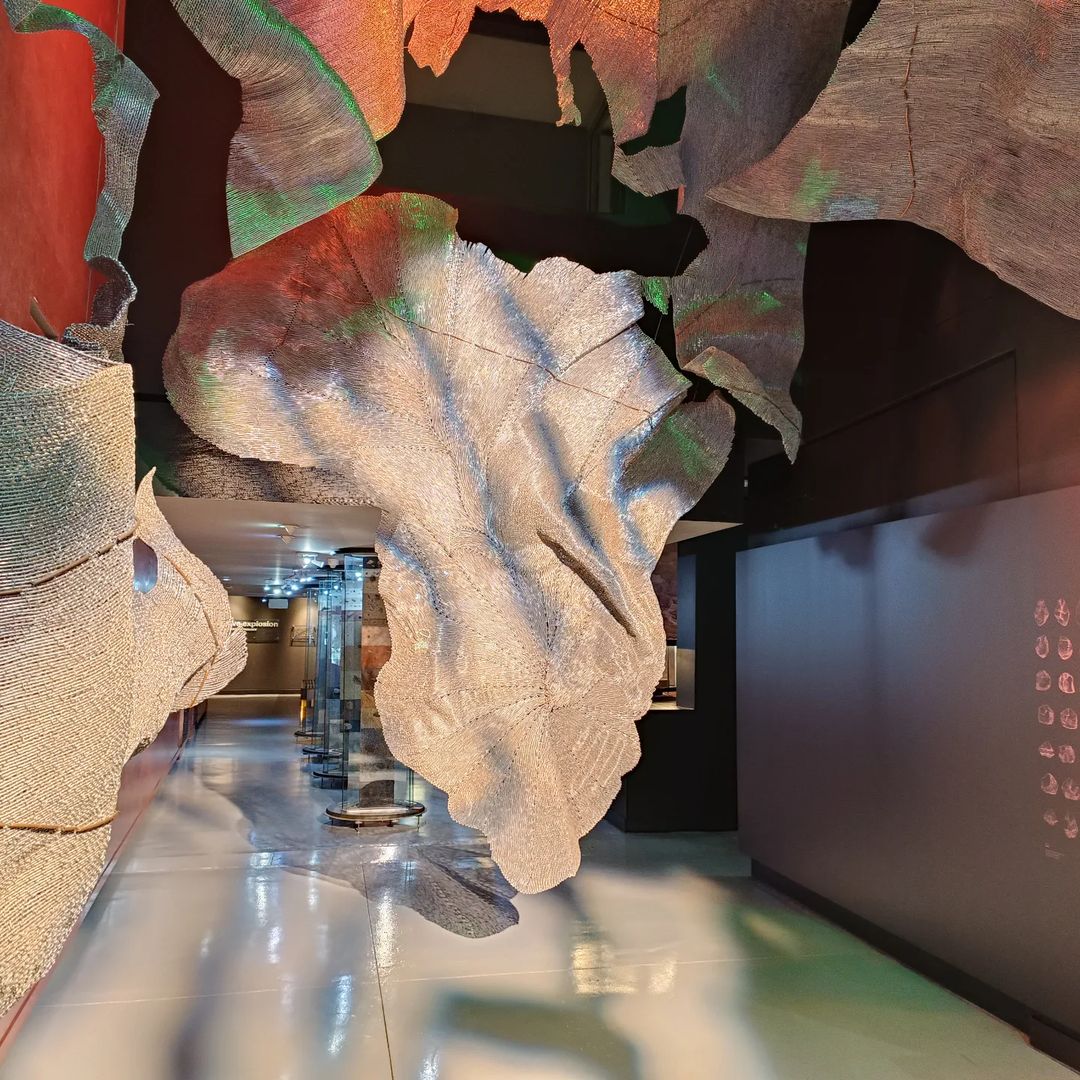
An extensive and high-tech science and art museum, Origins Centre explores the origins of modern humankind, from a southern African perspective. It shines a light on the history, art, and traditions of southern Africa's first nations, the San people, and it is one of the finest museums focusing on the region's ancient history.
The astonishing display includes Walter Oltmann's swirling, ribbon-like wire sculpture at the entrance which depicts the movement of modern humans to what is thought to be the world's oldest artwork, a piece of ochre decorated with a delicate geometric pattern that was discovered in 2008 in the Blombos Cave near Mossel Bay.
"Museums should be spaces that help facilitate discussion and find creative ways to communicate, display, and preserve histories and indigenous knowledge." – Origins Centre curator Dr Tammy Hodgskiss Reynard
Through more than a dozen halls the museum puts a compelling focus on the ancient cultures of southern Africa's indigenous people, detailing their complex cosmology, beliefs, and traditions in video, sculpture, installation, and artefacts, as well as the testimonies of San communities. "These ancient stories are not only told from the perspectives of the history books, but from multiple voices including living descendants, artists, historians, researchers, scientists, and children," says curator Dr Tammy Hodgskiss Reynard, highlighting what makes Origins Centre unique.
Whether you are a history buff, art lover, ethnologist, or archaeologist, you can easily spend anything from two to four hours here. For South Africans, the museum provides fascinating insights into often forgotten elements of the recent past, while for foreign visitors this is a valuable opportunity to gain insights into the region's ancient cultures and sites of historical significance.
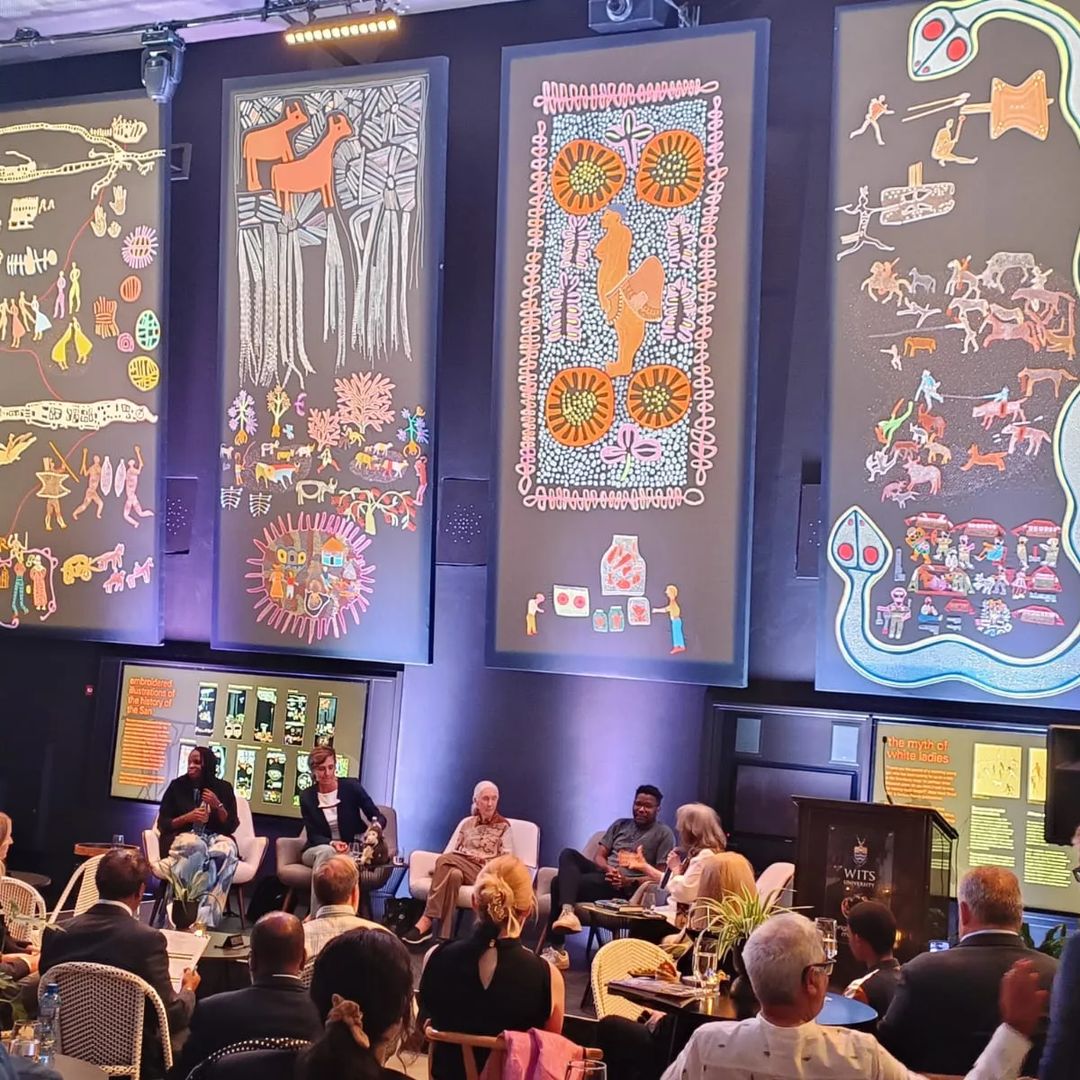
"Origins Centre has additional offerings to further engage with the public and foster meaningful conversations around topics of our shared African heritage – including public lectures, archaeology activity days for families, monthly mental wellness walkabouts, and temporary exhibition activations," explains Reynard, which speaks to the value of the space as a Joburg institution that brings people together around indigenous knowledge, giving voice to our ancestors.
Corner Yale Road and Enoch Sontonga Avenue, Wits University campus, Braamfontein
Joburg Contemporary Art Foundation (JCAF)
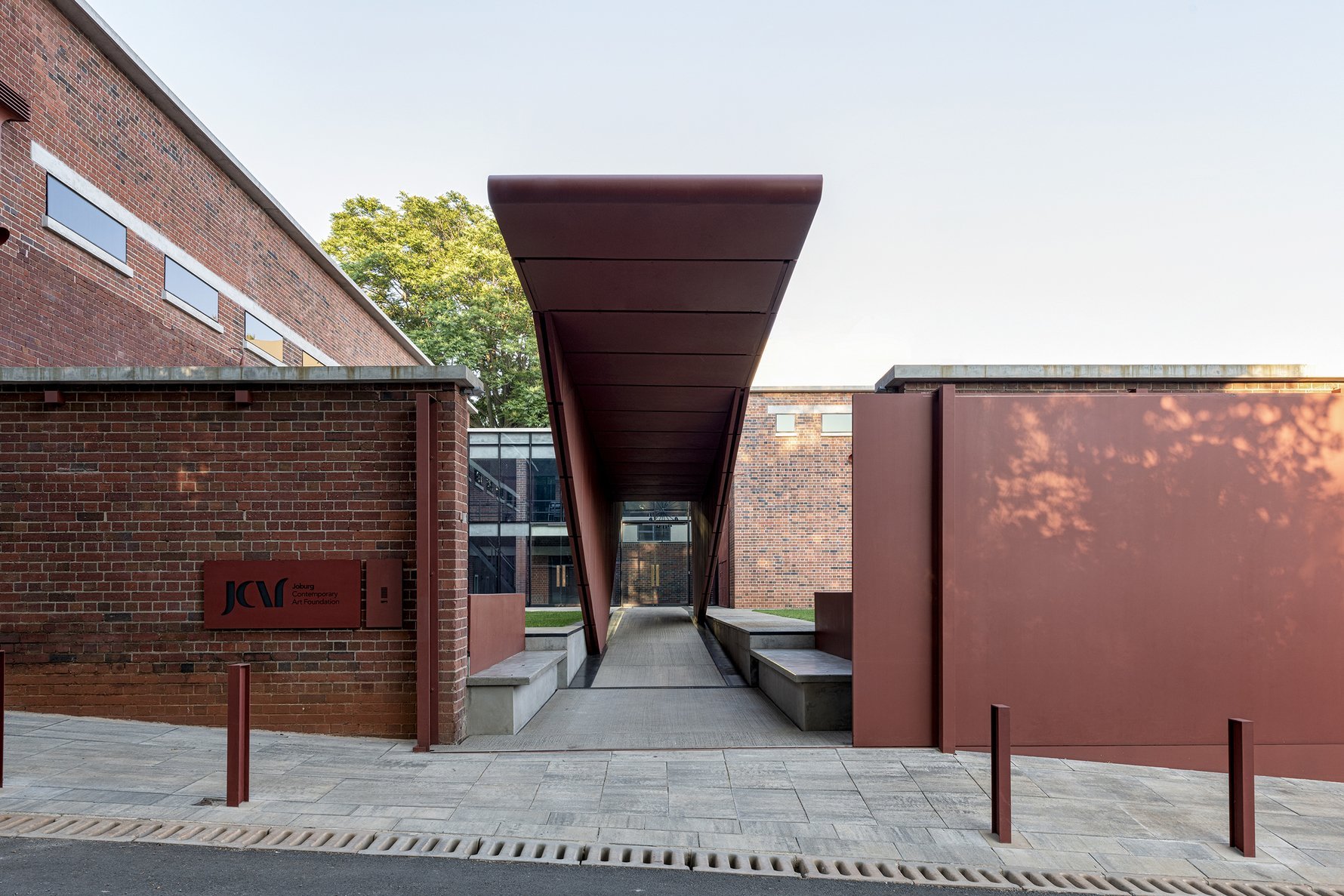
Since opening its doors in 2020, the Joburg Contemporary Art Foundation (JCAF) has imagined a different kind of museum. A “museum as a thinking protocol” is the founding ethos, a term coined by the Colombian educator and artist Beatriz Gonzalez who emphasised the relationship between a viewer and an artwork as a “great mystery”. JCAF is moving assuredly in this direction, removing wall texts and labels in favour of personal epiphanies, aided by conversational guided tours.
This hybrid institution is part academic research centre and, most crucially for Joburg art lovers, a platform for museum-quality, long-term exhibitions. The foundation is housed in what was once a tram depot in Forest Town that has been completely transformed into a soaring contemporary space. The design nods to the building's unique heritage, with many elements of the original building preserved (you can even still see the old tram lines) complemented by a modern mix of industrial materials.
"Today, museums have become dynamic spaces for education, youth engagement, and families in which storytelling conveys the manifestations and markers of our society and culture." – JCAF executive director Clive Kellner
"The model of curating that JCAF has developed is particularly unique. Our methodology encourages visitors to slow down and immerse themselves in a process of looking and reflecting on the artworks cognitively and emotionally. Our exhibitions are beautifully curated, linking specific artworks to sub-themes that empower visitors to identify concepts and ideas tied to the narrative of the exhibition," JCAF's executive director Clive Kellner tells us.
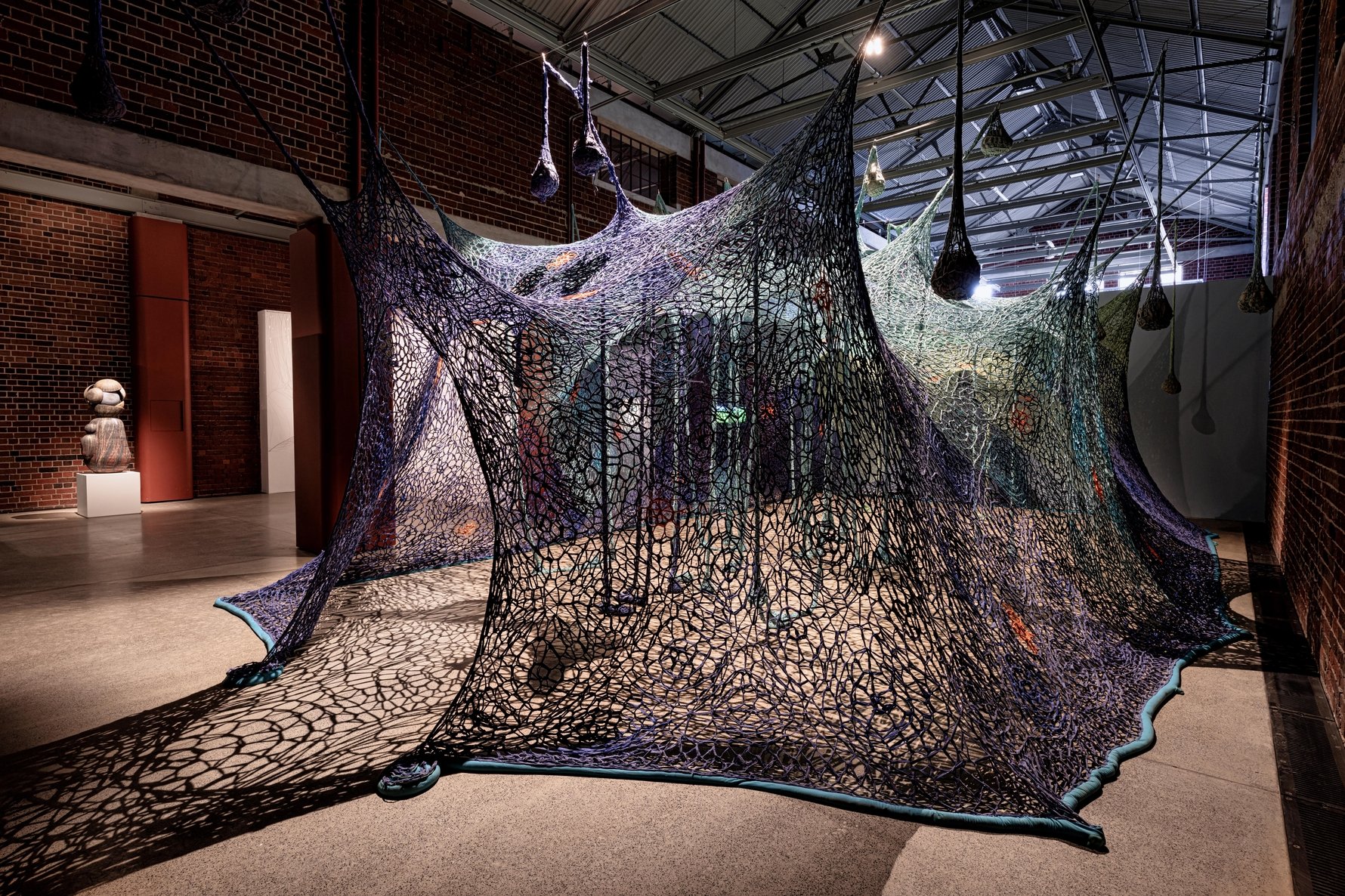
Now embarking on its second three-year research theme, JCAF is coming into its own as an invaluable local institution and community space. Ecospheres is the first exhibition in the Worldmaking series, with the natural world as its focus. Speaking to the primordial elements of Water, Air, and Earth, this exhibition is a useful accompaniment to thinking through our place in the world – particularly regarding the notion of stewardship and living together for the mutual benefit of all. What is refreshing is that no hard and fast answers are offered, only ample space to explore.
With Ecosopheres, we see the largest collection of artists assembled for a JCAF exhibition to date. While the show deals with the weighty matter of our place on Earth, it has a wonderful lightness to it – perhaps that's the impact of bringing nature, the most graceful of teachers, into the gallery space. Read our reflections on Ecospheres here, and be sure to book your guided tour (limited to 10 people) before the exhibition closes on Dec 7, 2024.
"Museums are the anchors of society," says Kellner when asked about the value of museums as community spaces. "They tell our stories and capture our histories, but they are also living testimonies to contemporary ideas that shape society."
1 Durris Road, Forest Town, Rosebank
Inside Out Centre for the Arts
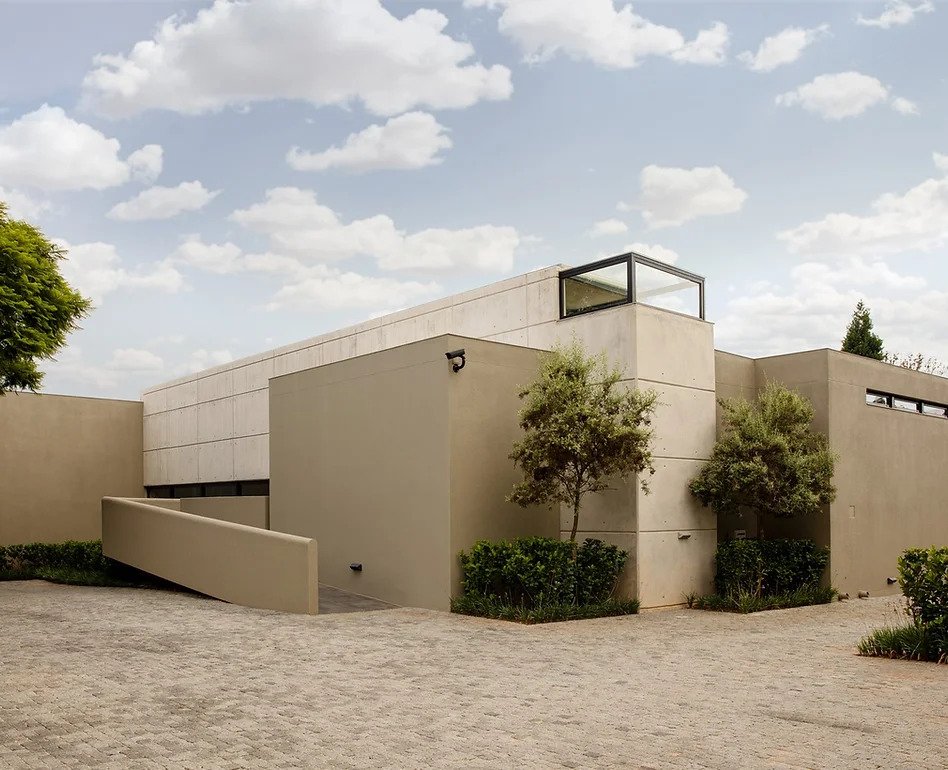
If we're hard-pressed for strict definitions, the Inside Out Centre for the Arts might qualify more as a gallery than a museum space on the surface. But true to the nature of its founder Roger Ballen, one of South Africa's foremost photographers, it's what's beneath the surface that's truly fascinating. As you'll discover on a visit to the Centre, this multifaceted space is active, engaging, and unlike anything else in the city.
"The communal learning and exchange of ideas is essential for raising awareness, inspiring action, and building a more informed and connected society." – Inside Out Centre for the Arts founder Roger Ballen
Ballen launched the Inside Out Centre for the Arts as a space where dialogue and creativity can flourish, hosting exhibitions, talks, and workshops around art and contemporary issues in southern Africa. The goal of the Centre is to help South Africans locate the importance of art and relate it to their lives. Rather than a traditional white cube with its rapidly rotating exhibitions, the Centre was specially designed to be a space which allows the viewer to slow down, becoming as much about the background surrounding the art as the art itself. The space lends itself to exploration, with the garden adding tranquillity to the visiting experience.
The permanent exhibition, End of the Game, is a thought-provoking look at our relationship with animals and the animal world through the lens of African hunting expeditions. It's a theme that runs through much of Ballen's photographic work which has featured a revolving cast of animals from a large menagerie, together with props, taxidermy, drawings, and interesting people over his decades-long career. Ballen's work has always played in the space of the mind. Some describe his oeuvre as dark, others as controversial. What's indisputable is that his photography evokes a strong reaction in the viewer.
Also on display at the Centre is a small percentage of Ballen's immense personal collection of vintage artefacts, objects of curiosity, toys, and props collected over a lifetime, from across the world. That in itself is worth viewing. The Centre includes an administrative area, printing space, Ballen’s extensive archive, and multiple exhibition spaces, with plans for further expansion in 2024.
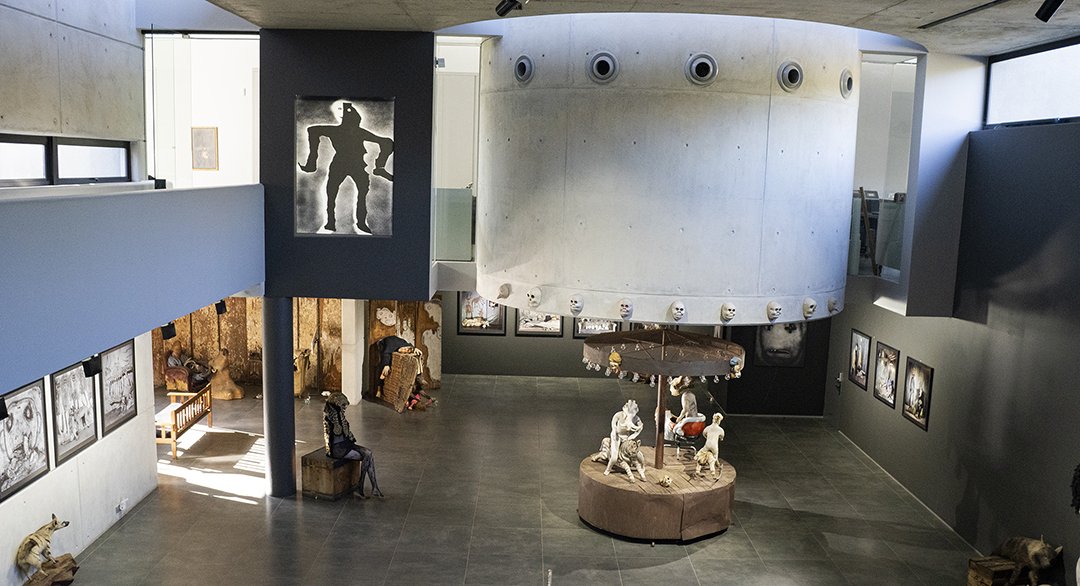
"The Centre's curation blends documentary elements with aesthetic and fictional aspects, creating a multifaceted and engaging experience," Ballen tells us. "The use of various media forms such as photographs, texts, and taxidermy caters to different learning styles and encourages critical thinking."
Reflecting on the Centre as a space that fosters unique insights and sparks meaningful conversations which can, in turn, affect change, Ballen says, "Museums like the Inside Out Centre for the Arts serve as vital public and community spaces by providing a platform for education, reflection, and dialogue. Museums promote community engagement through interactive exhibits and educational programmes, creating spaces where diverse perspectives can be shared and discussed. This communal learning and exchange of ideas are essential for raising awareness, inspiring action, and building a more informed and connected society."
48 Jan Smuts Avenue, Forest Town, Rosebank
Johannesburg Holocaust and Genocide Centre (JHGC)
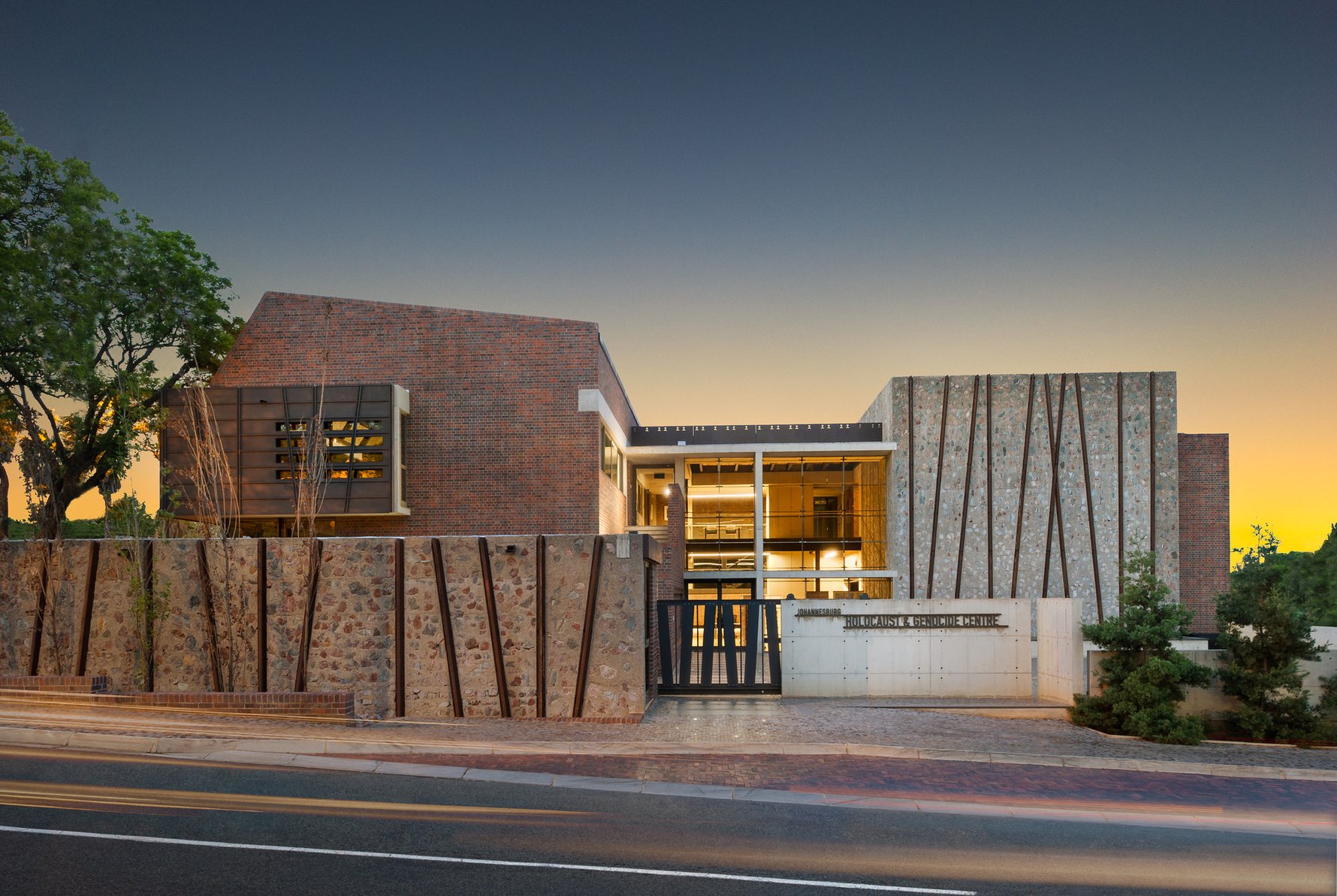
This museum and centre of memory and dialogue is the first institution of its kind that brings together the stories of genocide across two continents, creating parallels between the historical narratives of the genocide committed by Nazi Germany in World War II Europe and the more recent genocide that occurred on African soil in Rwanda in 1994 (the year of South Africa's transition from apartheid rule to democracy).
The Johannesburg Holocaust and Genocide Centre (JHGC) takes its message from the writings of death camp survivor Primo Levi: "It happened, therefore it can happen again", and seeks to be a permanent reminder of the dangers of indifference.
The permanent exhibition is a fascinating exploration of genocide in 20th-century world history through photography, film, personal testimonies, and particularly poignantly, the everyday personal effects left behind by victims such as clothing, jewellery, and keepsakes. Survivors from both the Holocaust and the Rwandan genocide have been deeply involved in the centre since its founding by Tali Nates whose father was saved from the Nazi death camps by Oskar Schindler. The story of Schindler's List was immortalised in the film of the same name directed by Steven Spielberg. The exhibition is deeply moving and highly engaging, and is set in a space replete with symbolic references.
The building's architecture is in itself something to explore. An award-winning space that opened in 2016, railway lines cut through the concrete facade of the building, evoking both the city's mining history and the transport of thousands to their death. The granite slabs at the entranceway function symbolically as unmarked gravestones, creating a memorial. Set within the suburban landscape of Forest Town on one of the city's main thoroughfares Jan Smuts Avenue, the message of the Centre is that acts of such horror take place in all too familiar landscapes.
"Museums are spaces for people from different backgrounds to come together as a community, connected by shared humanity and interests." – JHGC community engagement co-ordinator Vix Appelbaum.
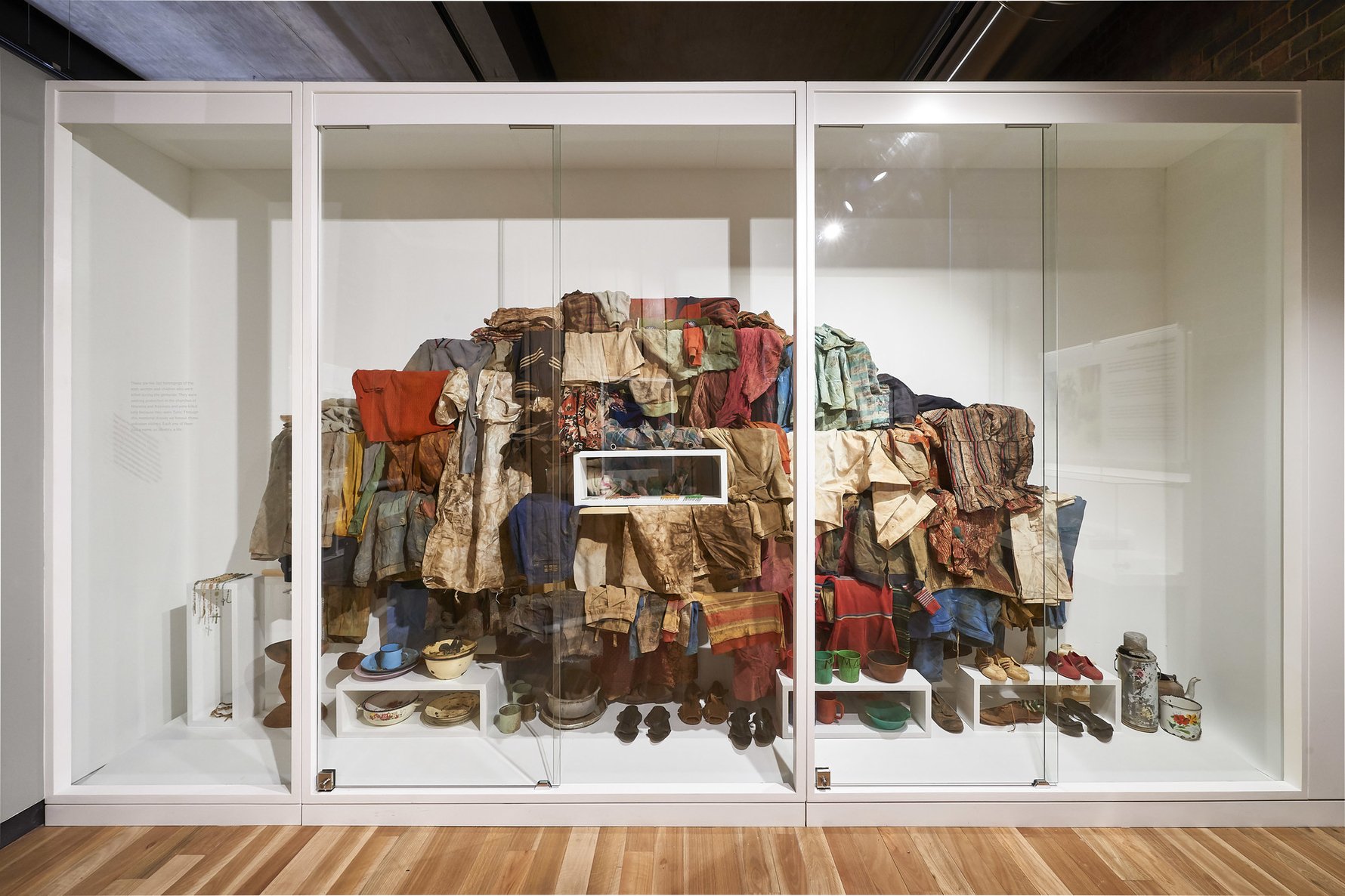
"The Centre focuses on telling the individual, human stories of the victims, survivors, resisters, upstanders, and even perpetrators of genocide, enabling the visitor to reflect on the strengths and the levels of hatred within human nature. In addition, it examines the connections between genocide and contemporary human rights issues, urging visitors to understand the consequences of prejudice, discrimination and ‘othering’, to prevent the recurrence of mass atrocities and genocide in all its forms," explains the Centre's community engagement co-ordinator Vix Appelbaum.
JHGC is a key educational space, with a school outreach programme for learners across South Africa and a monthly events programme that includes talks, films, and performances exploring themes of human rights, tolerance, xenophobia, and other related societal issues.
1 Duncombe Road, Forest Town, Rosebank
Ditsong National Museum of Military History
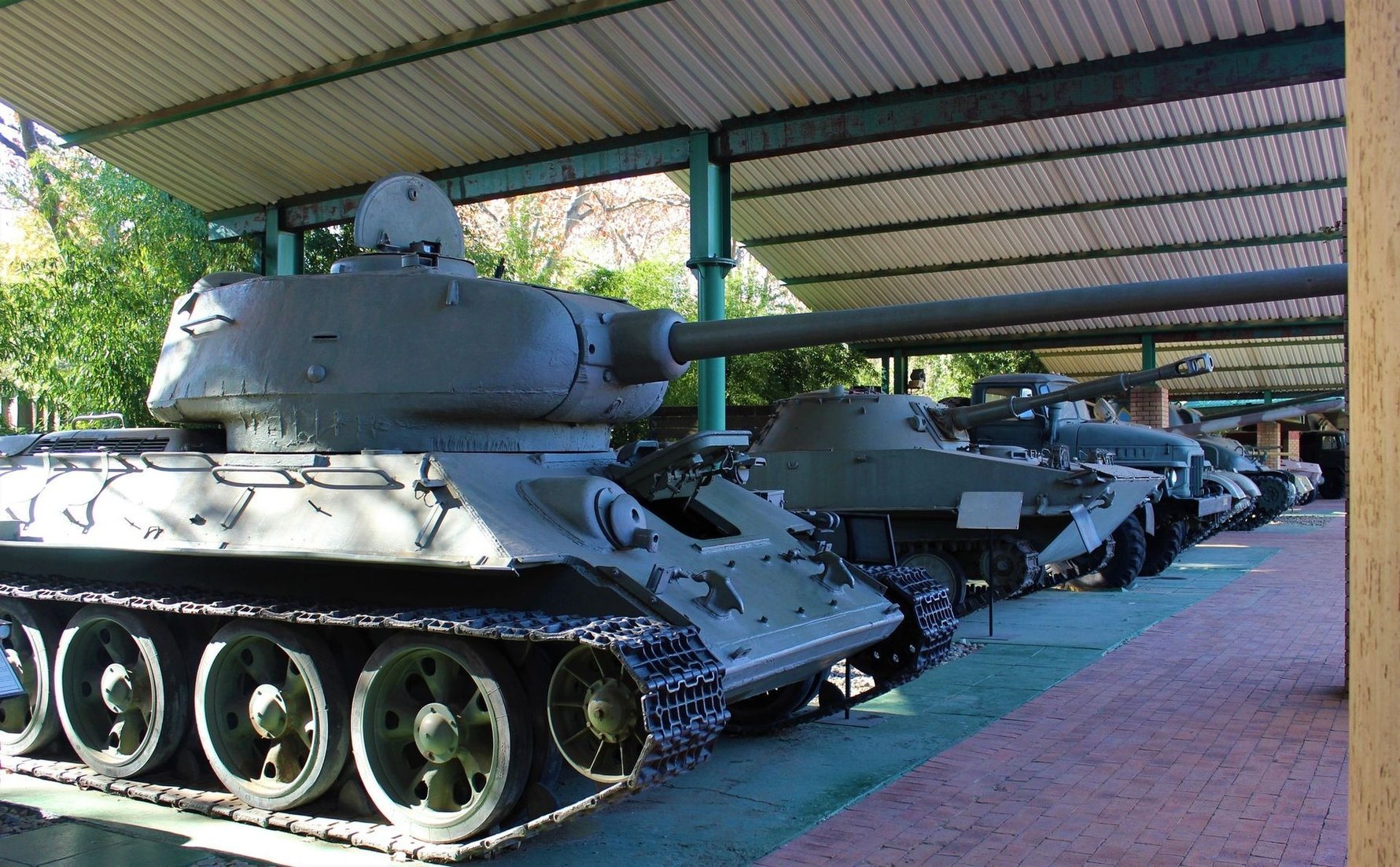
The fascinating displays at the Ditsong National Museum of Military History not only reflect historical aspects of warfare but also illustrate technological developments. Two historic Bellman Hangars house a variety of thematic displays that cover key events including the Anglo-Zulu War, the Anglo-Boer War, South Africa’s role in the First and Second World Wars, resistance movements that fought against apartheid such as Umkhonto we Sizwe (also known as 'MK', the armed wing of the African National Congress), as well as medicine in war, the development of combat uniforms and equipment, and the development of small arms. An impressive range of military vehicles that you're able to climb into makes this an even more interactive experience.
22 Erlswold Way, Saxonwold, Rosebank
Constitution Hill
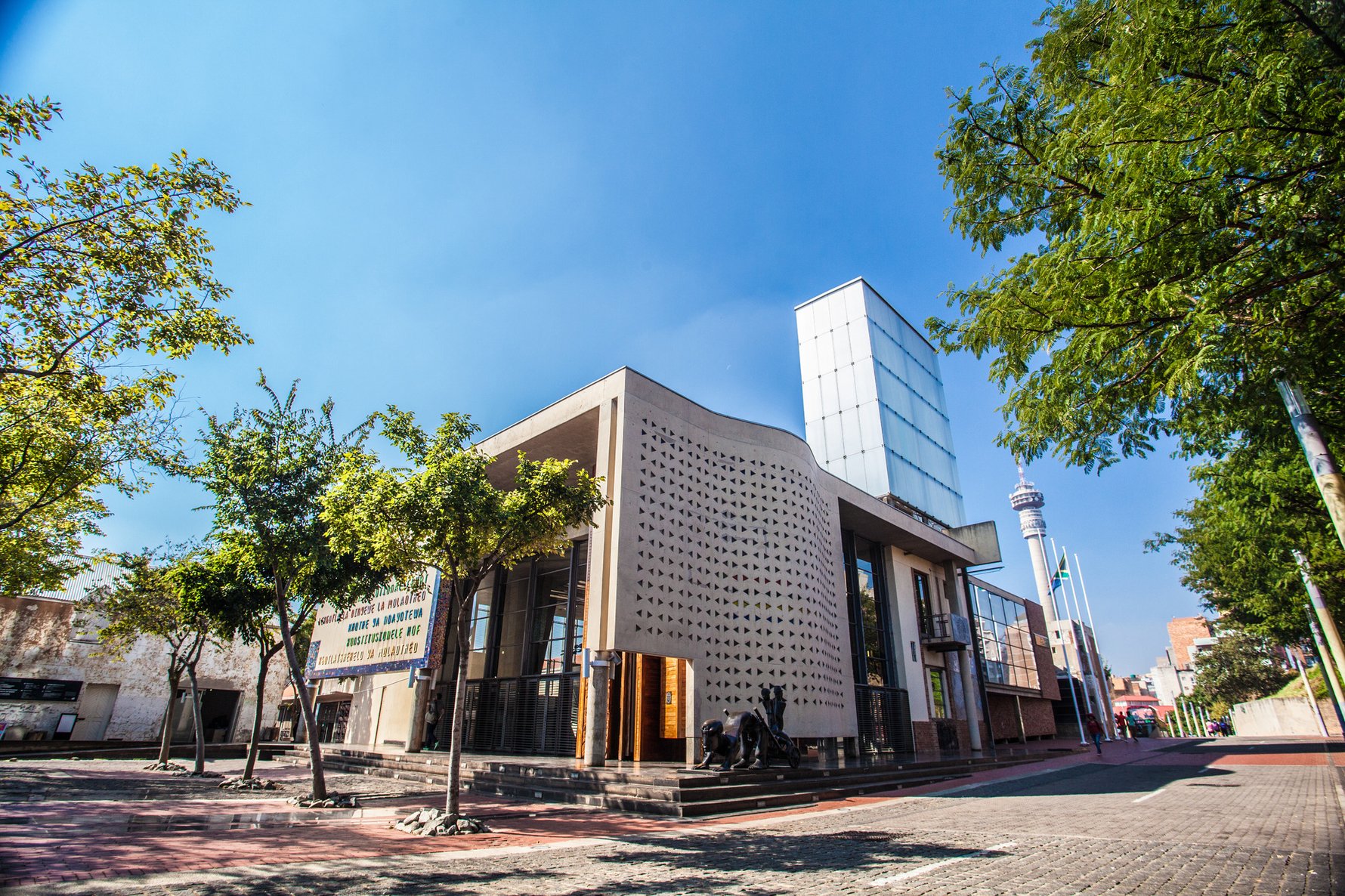
The buildings of Constitution Hill in Braamfontein reveal the horrors of some of the darkest hours of 20th-century South Africa, while also showcasing the bright, optimistic future of the country enshrined in the modern Constitutional Court. The large complex is split into four parts and, in addition to the extensive permanent museum exhibits, Con Hill also hosts regular art and photography exhibitions and lectures, and has an impressive permanent art collection.
The Old Fort at the centre of the Constitution Hill complex was built in 1893 as a fortress to protect Johannesburg from the threat of invasion and to keep a watch over the miners flocking to the growing settlement. Following the end of the Anglo-Boer War, the fort became a jail for white prisoners. One notable exception is Nelson Mandela, who was briefly imprisoned here when he was arrested in 1962. His cell now forms the Mandela Cell exhibition.
The grand-looking brick buildings of the old Women's Jail were built in 1909 and held black and white female prisoners (and often their babies too) in separate sections. During apartheid, many major political activists such as Albertina Sisulu, Ruth First, and Winnie Madikizela-Mandela were imprisoned here in humiliating conditions and subjected to months of solitary confinement. The museum includes many moving testimonies from former black female prisoners, detailing their struggles behind bars and the shockingly absurd reasons for their arrests.
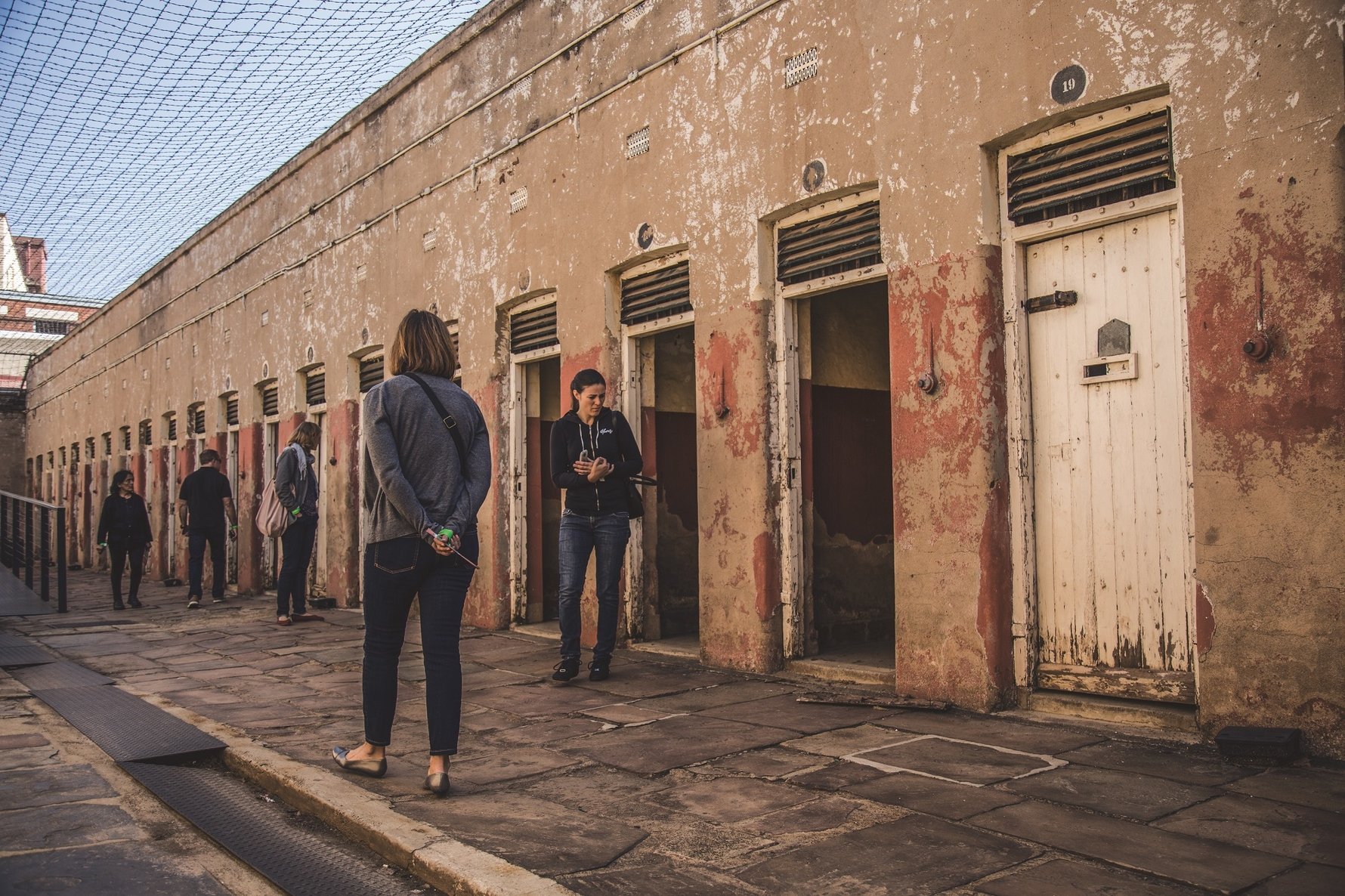
The notorious Number 4 prison block is not for the faint-hearted, and wandering its bleak yards and dank cells is at times a harrowing experience. However, as Mandela himself said, it is also an essential one for "no one truly knows a nation until one has been inside its jails". Number 4 was used from 1904 until 1983 as a prison for 'native men' whose crimes ranged from political activism and communist party membership to murder, robbery, petty crime, and, most commonly, the infringement of the racist passbook laws.
The Constitutional Court was opened in 2003 and built using bricks from the old awaiting-trial prison block. The Court's main function is to uphold the principles of freedom and equality enshrined in South Africa's hard-won constitution, making this the highest court in the country. The bright, inviting, and modern building is filled with more than 600 South African paintings and sculptures which alone are worth a visit.
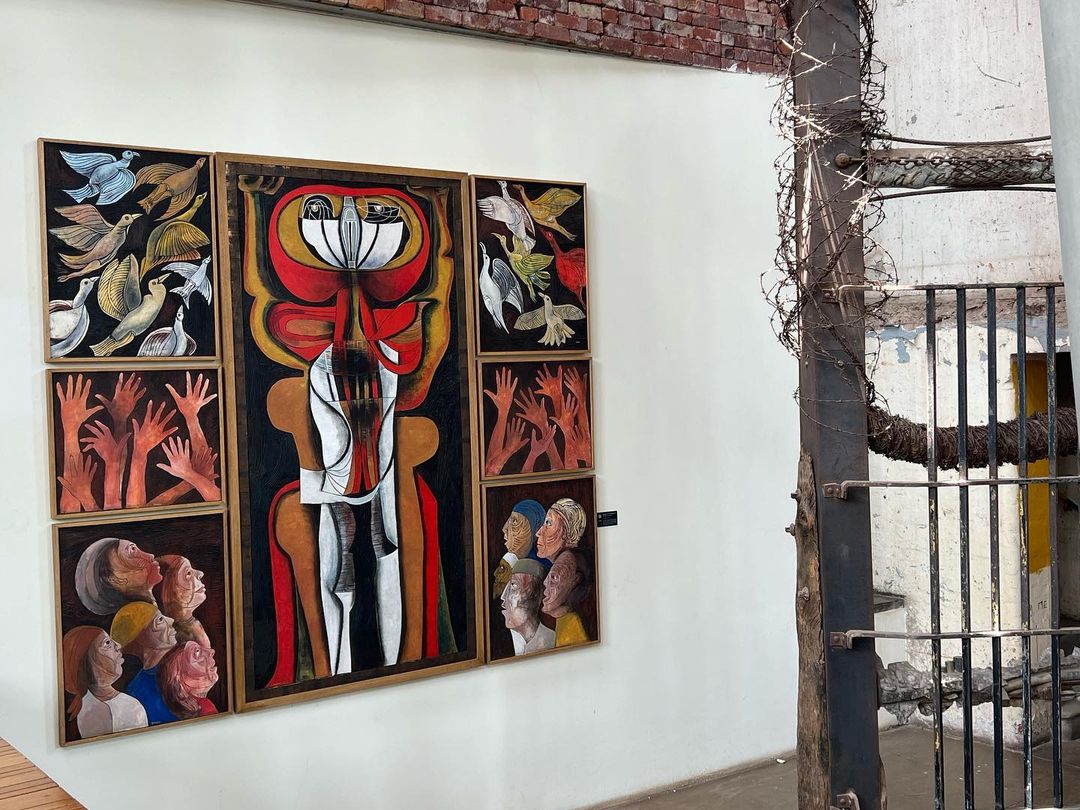
For a guided walkthrough of the incredible Constitutional Court Art Collection (CCAC) join the free Art and Justice Tour where you'll hear the stories behind the artworks and get access to private areas of the court that aren't otherwise open to the public. Confronting issues related to justice, this collection is awe-inspiring for its breadth of media and diversity. It's also a welcome antidote to the grim picture painted by touring the prison grounds, making Constitution Hill a place that holds the tension between our nation's complex history and our collective hopes for the future. As such, it's an exemplary museum that everyone should experience at least once.
A visit to Constitution Hill isn't complete without seeing the studios at Creative Uprising Hub (at Transwerke), where the Queen Victoria Hospital heritage Art Deco building has been transformed into a home for a thriving artistic community. While the building may be anchored in the past, its tenants are resolutely forward-focused. Inside Transwerke’s unassuming walls, a dynamic, changing cohort of artists, makers, artisans, and supporting organisations are doing their part to change Joburg's creative landscape.
Corner Joubert Street and Kotze Street, Braamfontein


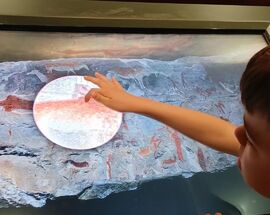
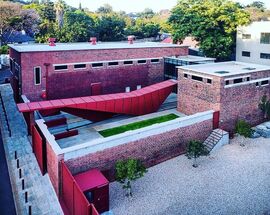
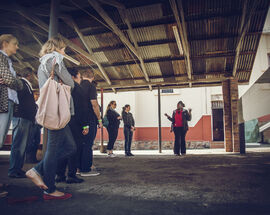


Comments